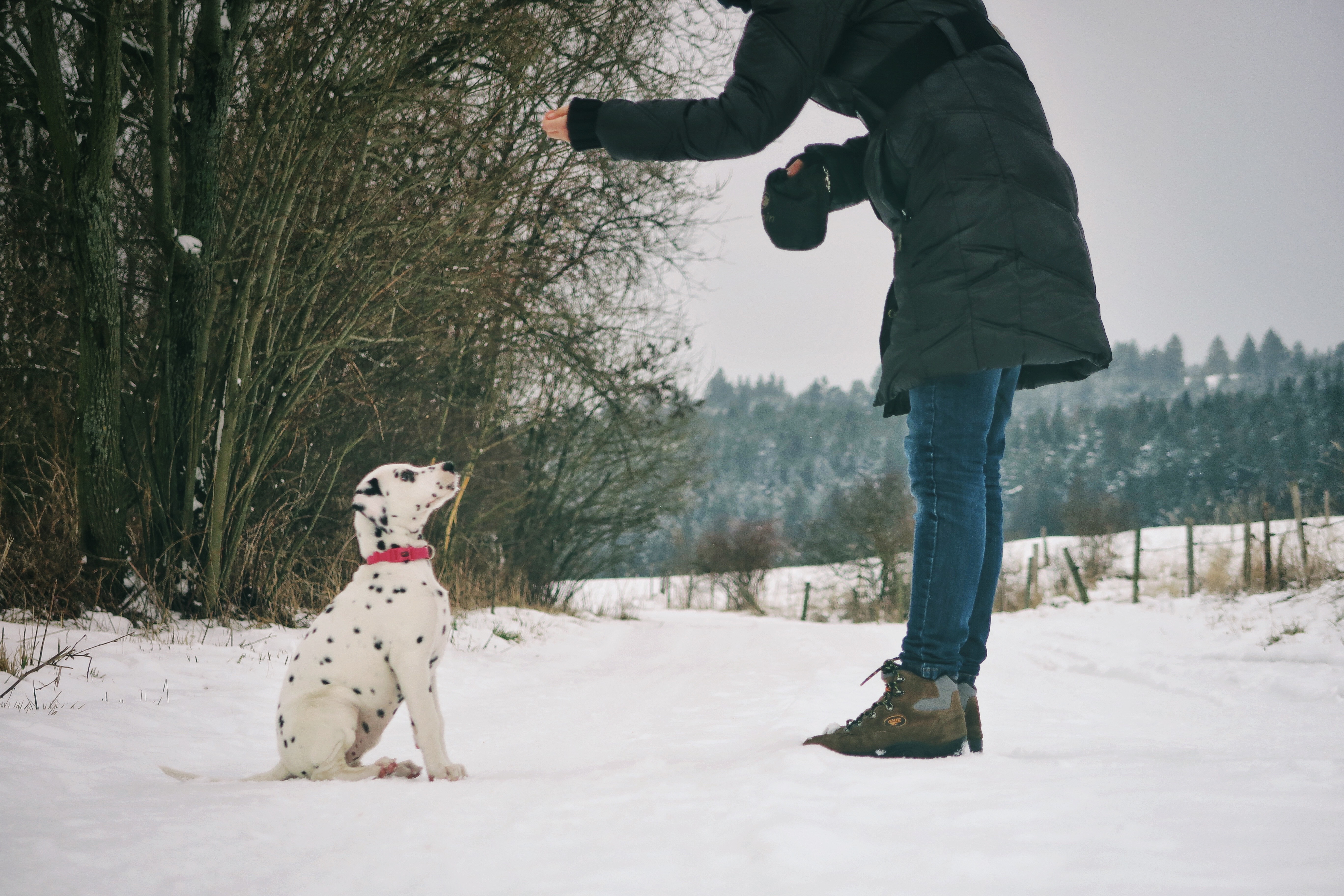10 Common Leash Training Mistakes (And How to Fix Them Fast)
2. Establishing Clear Communication

Effective leash training hinges on clear communication between you and your dog. Dogs are highly perceptive creatures, attuned to both verbal cues and body language. Consistency in commands and signals is essential to avoid confusion and reinforce desired behaviors. Begin by selecting simple, distinct commands for leash-related actions, such as "heel," "stop," or "leave it." Consistent use of these commands, paired with corresponding gestures, helps your dog associate specific actions with verbal cues. In addition to verbal commands, your body language plays a crucial role in communication. Dogs are adept at reading human gestures, so maintaining an upright, confident posture can convey leadership and direction. Conversely, inconsistent or unclear signals can lead to misunderstandings and frustration. By aligning your verbal and non-verbal communication, you create a cohesive training environment that supports your dog's learning process.